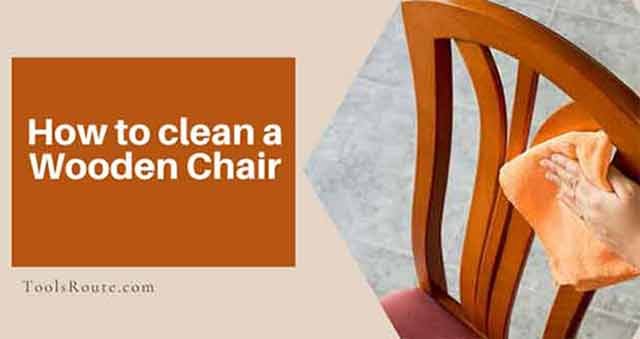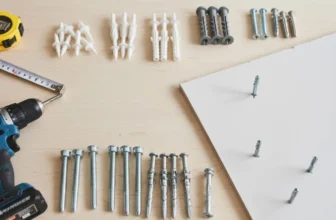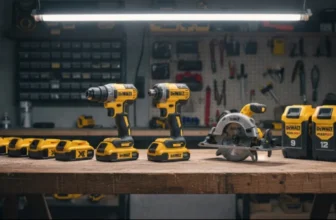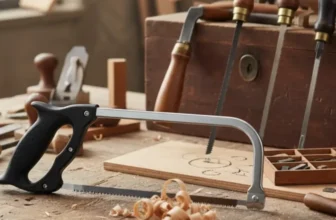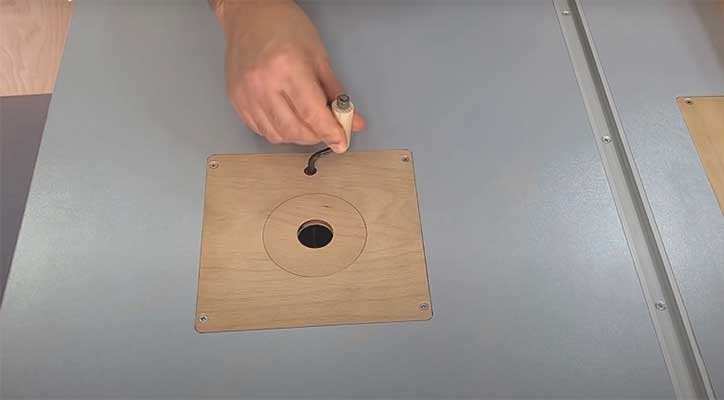10 Woodworking Safety Rules Every Woodworker Should Know
Woodworking is all about turning pieces of wood into beautifully amazing structures and just the ability to make wooden structures that you can enjoy for years to come tends to bring in a lot of satisfaction. Therefore, regardless of whether you are a seasoned or beginner woodworker, you should practice safety precautions at all times when working on projects.
Remember that any tools be it power or hand tools require one to practice safety. This applies not only to tools but also with any woodworking raw materials. Woodworking Safety rules will allow you to work better, and with very minimal risks for injury or accidents.
Here are the 10 woodworking safety rules every woodworker should know:
1. Wear safety equipment always
Woodworking projects involve a lot of drilling holes, cutting materials, using nails and screws, and even transporting materials from one point to the other. When performing these tasks, as a woodworker your eyes, ears, hands, and even body get exposed to wayward elements that can cause harm and injuries that can sometimes be fatal.
For instance, you may drill pocket holes in wood to allow you to screw two pieces of wood together. For this, you will need a Pocket Hole jig that will allow you to drill perfect holes. During this time, small pieces of wood or dust will fly in any direction. Therefore if you don’t have safety goggles to protect your eyes, then you may get injured easily.
Simply put, before you start on any woodworking project, you need to put on safety clothing i.e. goggles, hearing protection, gloves to protect your hands from harm by sharp objects, overalls and a dust mask.
2. Avoid alcohol and drugs
It is inadvisable to embark on any woodwork project while intoxicated. Alcohol and drugs tend to impair the human brain and therefore won’t allow you to think logically nor act normally. So when you operate heavy power tools or cutting equipment under the influence of drugs or alcohol, accidents are bound to occur.
A bottle of beer or two may seem tempting and harmless when on the job, but the fact is, you need a clear and sober mind to work efficiently and safely especially when the project involves the use of power and cutting tools.
3. Always disconnect power after using any power tool
Power tools like table saws, routers, miter saws, etc. are essential for woodworking. They make the whole process of woodworking easier and quick. However, when using these tools, there are times that you might want to change the drill bits or blades or you just need to pause and use another tool like a chisel to chip away wood. During these times, your power tool should be completely switched off or better yet cord disconnected from the source.
Doing this will ensure that no power flows through it and in the case of turning it on accidentally, no injuries will occur. If any of these occurs, you may suffer great injuries or even cause a serious accident that could harm people around you.
4. Never put your hands close to moving blades
When using a cutting tool as a table saw, you should keep in mind to never put your hands anywhere near the blade when it is in motion. If you want to remove specks of wood, wait until the blade stops spinning, switch off the power and then you can proceed to remove the waste.
Remember to use a piece of scrap or push stick and not your bare hands to remove the waste.
5. Always use sharp blades and bits
When drilling holes and cutting materials, you need to make sure that the saw and drill are fitted with sharp blades and bits. Using dull tools will make the work harder and dangerous too as you will be forced to use much effort to get a job done which might result in a kickback that can lead to injuries on the hand.
To ensure that work is done faster; you should invest in sharp blades and bits and also ensure that you use sharp blades and bits at all times. Doing this will allow you to cut materials and drill holes without experiencing any kickback force from the equipment.
6. Work and keep your tools away from children
As a woodworker, you should know how dangerous some equipment can be if not handled with care. Additionally, some projects need to be worked on in a secure environment where no one can get hurt by flying pieces of wood, excessive noise, or idle tools.
Therefore, the best way to protect kids from any accidents or injuries is by working in a place where they won’t come in easily and also store your tools in a safe place where children can’t access them during play. You can as well invest in woodworking safety rules for your workshop and toolkits.
7. Always work against the cutter
The majority of power tools for woodworking are built in a way that the direction a piece of wood moves is through it. This only means that the wood should move in the opposite direction of the cutting head. And because this is the safest practice, you must ensure that the blade and router bits cut against the motion of the stock and not with it.
8. Work in the right clothing
Loose clothing might get stuck on tools which can be hazardous. Too tight clothing also tends to feel uncomfortable. When woodworking, you need to wear the right clothes. They should be protective as well as comfortable. Remember that you will be moving a lot during the project, and thus comfort is key to effective woodworking.
Of importance is to avoid, bracelets, wrist watches and any other form of jewelry at the workplace
9. Keep your workplace tidy and equipment well maintained
Most people tend to ignore this very simple yet important rule. Keeping your workspace tidy is a significant way of ensuring maximum woodworking safety for yourself and anyone that comes in your workplace especially children. You can tidy your work area by making sure that all tools and equipment are placed at their correct places at any point in time. Power cords should also be kept away as much as possible to prevent tripping accidents.
Any equipment that needs special maintenance to stay in top shape should also be maintained as required to ensure that they are in peak working order at all times. The quality, accuracy, and safety of your woodworking projects most of the time depends on the state of your equipment. Poorly maintained equipment will yield results that are unsatisfactory.
10. Minimize or better yet avoid distractions
Woodworking requires optimal concentration and attention. Just like driving, you need to input 10% consternation into the task at hand.
When working, you should minimize or as aid above avoid distractions when working with power or cutting tools. Many things can distract you at the workplace; it can be playing children, television at the workshop, a buddy who is telling an interesting story, etc. regardless of what it is, just try your level best not to get distracted when woodworking.
While sometimes it may be inevitable to get distracted, just ensure that you finish what you are doing before turning your attention somewhere else. Also, you might want to shut down any running power tools before taking a break to attend to anything else.
Conclusion
It is evident that woodworking exposes you to various harmful elements and dangers, especially from power, cutting and drilling tools. It is thus important when woodworking to practice caution and care. This will help to ensure that no injuries or accidents occur when working or in the workshop.
The above are the 10 woodworking safety rules every woodworker should know. Following these rules will not only ensure that you are protected from the risk and dangers of accidents but will also ensure that your overall health isn’t put in jeopardy.


